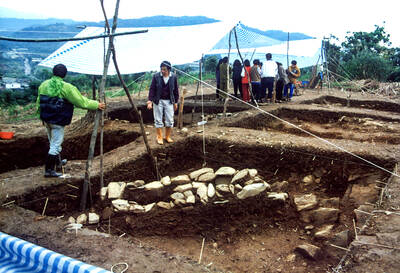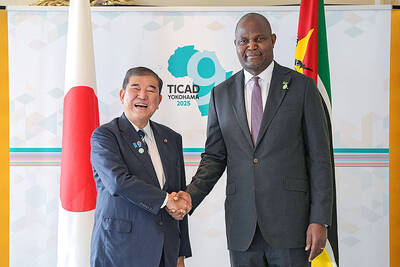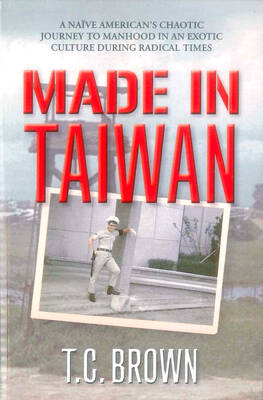In the garden of his Venice hotel, Hayao Miyazaki proves quite the celebrity. He signs autographs with a flourish, poses gamely before a barrage of photographers and excuses himself only briefly for a call of nature. "You have been called the god of anime," an Italian journalist shouts at his retreating form. "How does it feel to be a god?" He visibly flinches on his way to the toilet.
In the opinion of Pixar's John Lasseter, Miyazaki is "the world's greatest living animator." According to the numbers, he is Japan's most successful film-maker, with his 2001 fable Spirited Away breaking the domestic box-office record set by Titanic. But away from the limelight this white-haired little professor leads a monastic existence (all work, no play, TV or internet). His publicist tells me that this is the first interview he has agreed to in 10 years.
Miyazaki's latest film, Howl's Moving Castle, plays out in a valley kingdom inhabited by wizards, fire demons and undulating shadow monsters in natty straw boaters. It's based on a children's book by Welsh author Diana Wynne Jones; Miyazaki has visited Wales several times and has a deep affection for the place. He was first there in 1984, witnessed the miners' strike at first hand and farmed the whole harrowing experience into his 1986 animation Laputa: Castle in the Sky. "I admired those men," he says, sitting in the sun as the photographers melt away. "I admired the way they battled to save their way of life, just as the coal miners in Japan did. Many people of my generation see the miners as a symbol; a dying breed of fighting men." He shrugs. "Now they are gone."

PHOTO: EPA
For all his fame and acclaim, Miyazaki could soon be following them. It is his fate to find himself hailed as the greatest practitioner of hand-drawn cell animation at a time when the art form appears to be headed the way of the dodo. He seems curiously Zen about this. "If it is a dying craft we can't do anything about it.
Civilization moves on. Where are all the fresco painters now? Where are the landscape artists? What are they doing now? The world is changing."
This shifting world is something Miyazaki has long been fascinated by. His films feature cute creatures fighting tooth and nail to preserve their communities, and bucolic landscapes under threat of destruction. Nausicaa of the Valley of the Winds, his 1984 film, depicts a post-apocalyptic enclave menaced by toxic spores and giant insects. Princess Mononoke (1997) concerns the battle between the animals of the forest and the human developers.
All drama depends on this kind of conflict. And yet Miyazaki's stance can be bizarrely even-handed. Invariably his hero or heroine is cast in the role of piggy in the middle, while his supporting players are an unruly bunch. No-Face, the timid, helpful spirit in Spirited Away, blooms into an all-consuming carnivore. The wicked witch in Howl's Moving Castle winds up as a cherished family member, slumbering in her armchair like some dotty old aunt.
In 1997 the director signed a distribution deal with Disney. It was to prove a springboard to global renown. Even so, the nature of Miyazaki's films has been altered in transit. In Japan his films are blockbusters. In Britain and the U.S. he remains a predominantly an art-house phenomenon.
Miyazaki taps a cigarette from a silver case. The Disney deal suits him, he explains, because he has stuck to his guns. His refusal to grant merchandising rights means that there is no chance of any Nausicaa happy meals or Spirited Away video games. Furthermore, Disney wields no creative control. There is a rumor that when Harvey Weinstein was charged with handling the US release of Princess Mononoke, Miyazaki sent him a samurai sword in the post. Attached to the blade was a stark message: "No cuts."

Aug. 25 to Aug. 31 Although Mr. Lin (林) had been married to his Japanese wife for a decade, their union was never legally recognized — and even their daughter was officially deemed illegitimate. During the first half of Japanese rule in Taiwan, only marriages between Japanese men and Taiwanese women were valid, unless the Taiwanese husband formally joined a Japanese household. In 1920, Lin took his frustrations directly to the Ministry of Home Affairs: “Since Japan took possession of Taiwan, we have obeyed the government’s directives and committed ourselves to breaking old Qing-era customs. Yet ... our marriages remain unrecognized,

During the Metal Ages, prior to the arrival of the Dutch and Chinese, a great shift took place in indigenous material culture. Glass and agate beads, introduced after 400BC, completely replaced Taiwanese nephrite (jade) as the ornamental materials of choice, anthropologist Liu Jiun-Yu (劉俊昱) of the University of Washington wrote in a 2023 article. He added of the island’s modern indigenous peoples: “They are the descendants of prehistoric Formosans but have no nephrite-using cultures.” Moderns squint at that dynamic era of trade and cultural change through the mutually supporting lenses of later settler-colonialism and imperial power, which treated the indigenous as

An attempt to promote friendship between Japan and countries in Africa has transformed into a xenophobic row about migration after inaccurate media reports suggested the scheme would lead to a “flood of immigrants.” The controversy erupted after the Japan International Cooperation Agency, or JICA, said this month it had designated four Japanese cities as “Africa hometowns” for partner countries in Africa: Mozambique, Nigeria, Ghana and Tanzania. The program, announced at the end of an international conference on African development in Yokohama, will involve personnel exchanges and events to foster closer ties between the four regional Japanese cities — Imabari, Kisarazu, Sanjo and

By 1971, heroin and opium use among US troops fighting in Vietnam had reached epidemic proportions, with 42 percent of American servicemen saying they’d tried opioids at least once and around 20 percent claiming some level of addiction, according to the US Department of Defense. Though heroin use by US troops has been little discussed in the context of Taiwan, these and other drugs — produced in part by rogue Chinese Nationalist Party (KMT) armies then in Thailand and Myanmar — also spread to US military bases on the island, where soldiers were often stoned or high. American military policeman